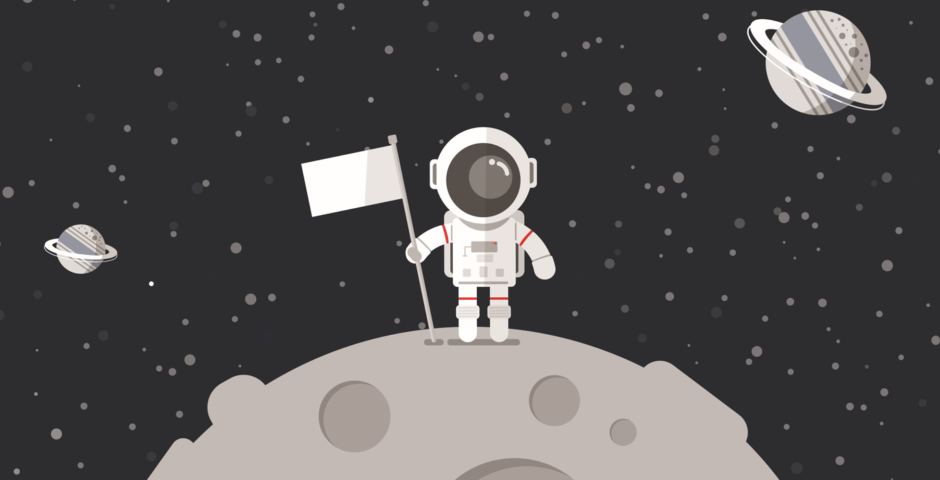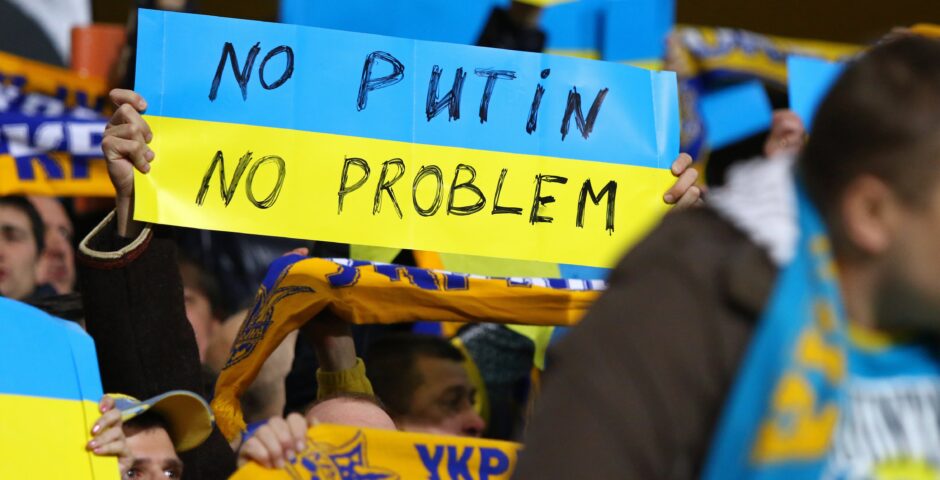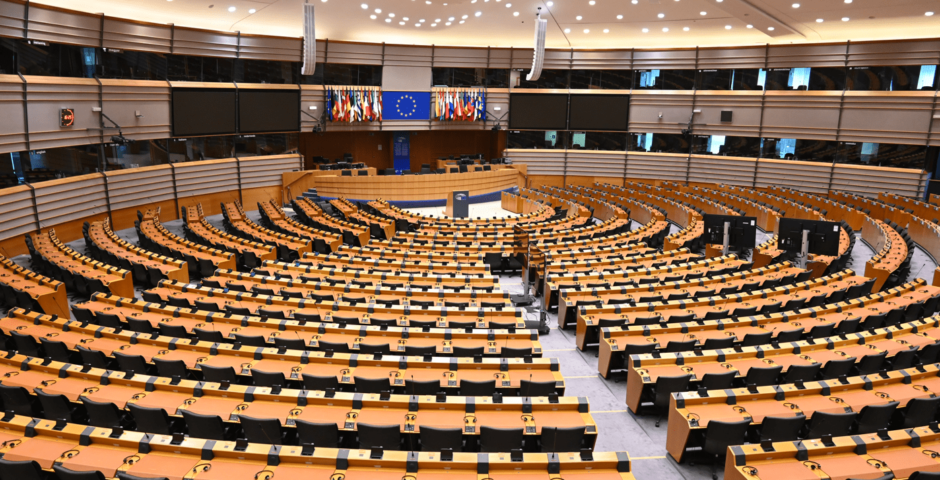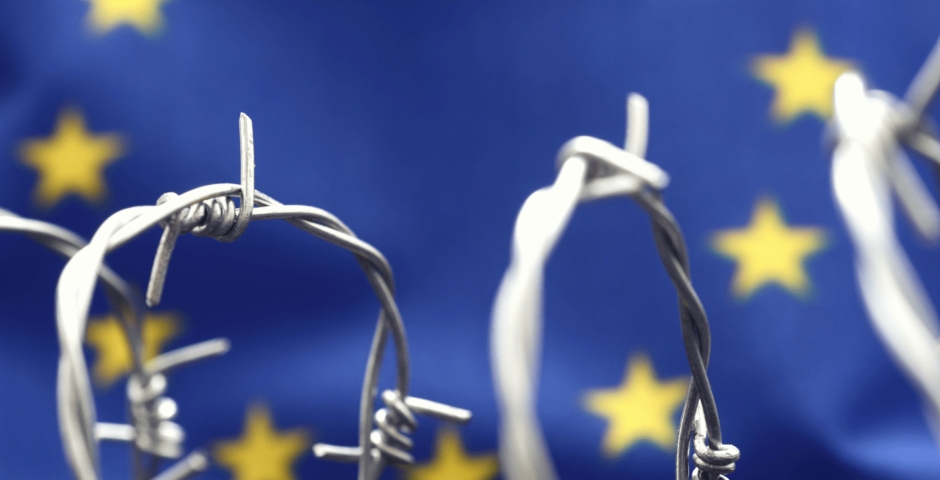The new race to the moon

The European Union’s position in the battle for our galaxy.
In late August, a special event took place in the world of space exploration; India became the fourth country ever, after the former Soviet Union in 1959, the United States in 1969, and China in 2019, to safely land a rocket on the moon. Not only that, the rocket, the Chandrayaan-3, also landed on the undiscovered south pole of the moon. Reason for a celebration among space enthusiasts but even if it is not as much of a personal interest to you, this is still a striking development.
A few days before the successful landing of the Chandrayaan-3 at the south pole, a Russian rocket with the same destination crashed. In early September, Japan launched a rocket that should put a lunar lander on the moon in a few months, and the United States (U.S.) is also preparing for new trips to the moon with the Artemis missions of the National Aeronautics and Space Administration’s (NASA). In fact, until 2030 over a hundred space missions have been announced to be carried out by different countries and organisations.
Not just astronaut versus cosmonaut anymore
Anyone hearing about a new space race may quickly think of the classic space race that took place during the Cold War but do not be fooled; the only real similarity is the fact that countries want to go to the moon. The race of the 1960s was primarily an ideological battle between the capitalist U.S. and the communist Soviet Union to be the first to set foot on the moon. On September 13, 1959, the Soviet Union managed to land an unmanned vehicle on the moon for the first time, only to send a person into space on April 12, 1961. Eight years later, on July 20, 1969, the U.S. succeeded in getting Neil Armstrong to walk on the moon. After the 1960s and 1970s, the desire to send people to the moon disappeared. One of the main reasons; it was incredibly expensive to organise space missions, especially for a showpiece project.
How different is the situation now; besides the U.S. and Russia, many more states are participating in the new race to secure a place on the extraterrestrial stage. For example, the United Arab Emirates sent a space probe to Mars for research in 2020 and an Israeli rocket crashed on the moon in 2019. In total, there are now about eighty countries that have space programs, including Brazil, China, Canada, India, Japan and South Korea. While the presence of so many countries can lead to competition and tensions, it can also increase international cooperation, especially among small countries.
What does the galaxy have to offer?
It is well established that more countries than ever before are interested in the Milky Way, but why? In large part, it is because of the materials the moon has to offer. People have realised in recent years that the moon is not just a big piece of rock orbiting the Earth, but that there are various materials to be found that could be of great value to life on Earth and to expand research on the moon itself.
The fact that it was world news that India landed at the south pole of the moon is no surprise; the south pole has reserves of water, frozen by the low lunar temperatures, and a variety of minerals. This is crucial for establishing a permanent base on the moon where astronauts can stay for extended periods so they can conduct more extensive research on the moon itself. Indeed, in addition to being used for consumption, water can also be split into oxygen and hydrogen. Oxygen, of course, is important to be able to breathe, and hydrogen can serve as fuel, for example, to send rockets back to Earth.
One key element that countries have set their sight on is helium-3, a form of helium that is virtually non-existent on Earth. Helium-3 could, in theory, be revolutionary for creating nuclear fusion because it is less radioactive than current forms of nuclear energy but can, at the same time, generate much more energy. With this, helium-3 is potentially going to play an important role in the fight against climate change. This also makes it enormously lucrative; one kilo of helium-3 is expected to generate more than 3 million euros. Interesting, but much research is still needed on generating energy through helium-3.
For those who prefer familiar materials, the moon has plenty of other things to offer. For example, a large amount of titanium has been found, which, mixed with aluminium or iron, could serve as a construction material both on Earth and on the moon. Rare earth elements have also been found, including platinum, palladium and rhodium, which can be used in batteries for electric cars and modern electronics, such as the smartphone you may be using right now to read this article. The high demand for rare earth metals, combined with China’s current monopoly on the market for these metals, which you can read more about in this article, makes mining on the moon an increasingly attractive alternative.
The European Union and the space race
It is clear that several countries are looking to get a piece of the pie in the new space race but around the EU it has remained quiet so far. In recent years, the EU has decided not to invest in its human space exploration missions. Instead, it works closely with organisations such as NASA. With rising geopolitical tensions as part of the new space race, the question arises whether the EU should do more to achieve independent trips to the moon on its own.
In April 2021, the European Council and Parliament adopted a regulation introducing a new EU space program for the years 2021 to 2027. It focuses mainly on the use of space-related data and services in the form of satellites but also calls for the EU to take a leading role in the space sector. This does not immediately mean that the EU also wants to go to the moon. The leading role mainly refers to developing technology that can be applied to research in space. Furthermore, in 2022, the European Commission introduced the first EU Space Strategy for Security and Defence as part of the Strategic Compass. The goal of this new strategy is to protect EU interests in space.
For 20 years, the EU was a global leader in the launch market thanks to the Ariane 5 rocket developed by France’s Arianespace. For years, the Ariane 5 was a reliable rocket launched from a launch base in French Guiana owned by the European Space Agency (ESA). That was the situation until SpaceX, led by Elon Musk, started developing largely reusable rockets, with the Falcon 9 as its flagship. These reusable rockets are much cheaper than the traditional variety, making space travel more accessible to more and more parties. With this, Musk is now even targeting lunar and space tourism. Several years ago, the EU decided not to invest in reusable rockets, but to continue to focus on conventional technology. As a result, Europe is now lagging.
However, the EU is not only known for its rockets but also for developing technologies that can be applied to research into our galaxy. ESA has developed several groundbreaking technologies. One example is Copernicus, an important observation system that countries can use to monitor climate change and natural disasters, amongst other things. ESA also invested heavily in developing Galileo, a global satellite navigation system. These technologies position the EU as the “good guy” in space, but to send astronauts to space, we in Europe remain dependent on other countries.
Green energy from space
So does the EU have no desire at all to get involved in the new space race? Not entirely but the EU is taking a different approach; renewable energy from space. The ESA is currently developing plans to install solar panels in space that can provide an unlimited amount of clean energy. Called SOLARIS, this ambitious project is based on the idea that the best place to generate solar energy is where the sun is always shining. This way, the EU hopes to avoid future energy crises, such as those resulting from the war in Ukraine.
If SOLARIS can be realised, the project could make a major contribution to the goal of being climate-neutral by 2050. Whether we will get European solar panels in space, however, remains to be seen. The technology that makes it possible to capture solar energy and send it back to Earth via microwaves already exists, but it is not yet deployed on a large scale. Over the next two years, a lot of research will take place on the development possibilities to capture solar energy from space on a large scale. It is now expected that the project will be officially launched in 2025.
Who owns our galaxy?
One might wonder if all these plans can be implemented just like that. Are countries allowed to set up mining projects on the moon? And can the EU install solar panels in space? The universe belongs to all of us and at the same time to no one. In 1967, the United Nations introduced the Space Treaty, which states that no country may claim sovereignty over the moon or other celestial bodies and that space exploration should be for the benefit of all nations. Central to this idealistic document is the idea that the moon and, more broadly, the universe should be used only for peaceful purposes and not as a base for military operations or weapons of mass destruction.
This was followed in 1979 by the Treaty of the Moon which more specifically states that the moon should not become the property of any state, international or national organisation, or any individual. Although the treaty makes it clearer that no one may claim a piece of the moon, only eighteen countries worldwide have ratified the treaty. Major absentees are some of the important space powers; the U.S. and the former Soviet Union.
In recent decades, things remained quiet for a long time around regulations regarding the moon and our galaxy, until the U.S. introduced the Artemis Accords in 2020, again to establish international rules about space. As with the Moon Treaty, countries, including Russia and China, are hesitant to sign these accords. The moon should not become the property of anyone, but what about lunar mining or the creation of permanent stations for longer stays on the moon? That question so far remains unanswered if we look at international law. Although the renewed interest in space may lead to a call for clear rules, for now, there is little chance of a law that all countries can agree on.
Sabine Herder has a master’s degree in Crisis and Security Management from Leiden University and is currently pursuing a master’s degree in European Policy at the University of Amsterdam. Before this, she earned a bachelor’s degree in Liberal Arts and Sciences with a major in International Relations.
Image: Shutterstock




